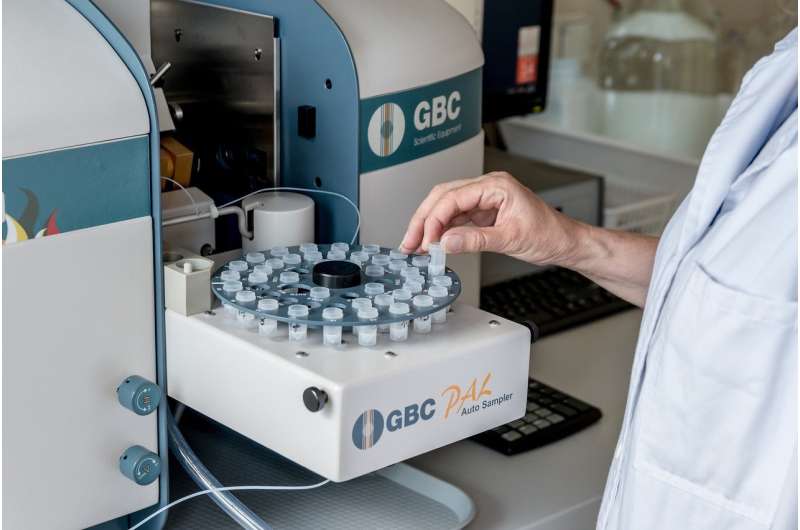Assay combines microfluidics and next-generation sequencing to reveal more mutations than existing tests

A new diagnostic test developed at A*STAR is helping researchers around the world identify gene mutations that put people at risk of severe eczema and other chronic skin diseases.
The skin's outer layer forms a protective barrier against the external environment, thanks to a gene called FLG. People lacking a functional copy of this gene, which encodes a thread-like structural protein known as filaggrin or 'filament aggregating protein', often develop skin deficiencies that can trigger a severe form of eczema known as atopic dermatitis—an inflammatory skin condition that causes persistent rashes that are red and itchy. Mutations in FLG can also predispose people to asthma and other autoimmune diseases.
Physicians currently have several gene tests that can help them identify patients with suspected FLG-associated health problems. But these tests generally target only a handful of common mutations found primarily in Caucasian populations from Northern Europe, which limits their usefulness in Asia and other regions.
Now, John Common and his colleagues from the A*STAR Institute of Medical Biology have created a more globally applicable test that combines microfluidics and next-generation sequencing technologies to decode the entire span of the FLG gene.
As a proof of concept, they used the assay on blood samples from a large cohort of Singaporean patients of Chinese, Malay and Indian descent. The team identified 51 different disease-causing mutations, most of which would be missed by existing screening methods.
Knowing whether someone has inherited a mutant copy of FLG is important clinical information, notes Common. "If a mutation is present in a disease-susceptible newborn, then early intervention with standard moisturizers could help to prevent or delay the onset of atopic dermatitis," he says. "This would improve the quality of life for not just the child but also the family, and prevent the need for more-expensive topical and systemic immunotherapies downstream."
Since publishing a description of the assay last year, Common has made the test available to the global research community, which has rapidly adopted it. In the United States, for example, a team of dermatologists used the technique to identify population-specific mutations in African-American children with severe atopic dermatitis. And in the United Kingdom, the assay helped researchers find FLG mutations in Bangladeshi families with the skin condition.
According to Common, it is too early for the assay to be used routinely in clinical practice—more-rigorous quality controls and standard operating procedures need to be established. However, he believes their assay will ultimately supplant targeted tests that reveal only a predefined set of mutations—both in Asia and around the world.
More information: X.F. Colin C. Wong et al. Array-based sequencing of filaggrin gene for comprehensive detection of disease-associated variants, Journal of Allergy and Clinical Immunology (2017). DOI: 10.1016/j.jaci.2017.10.001




















